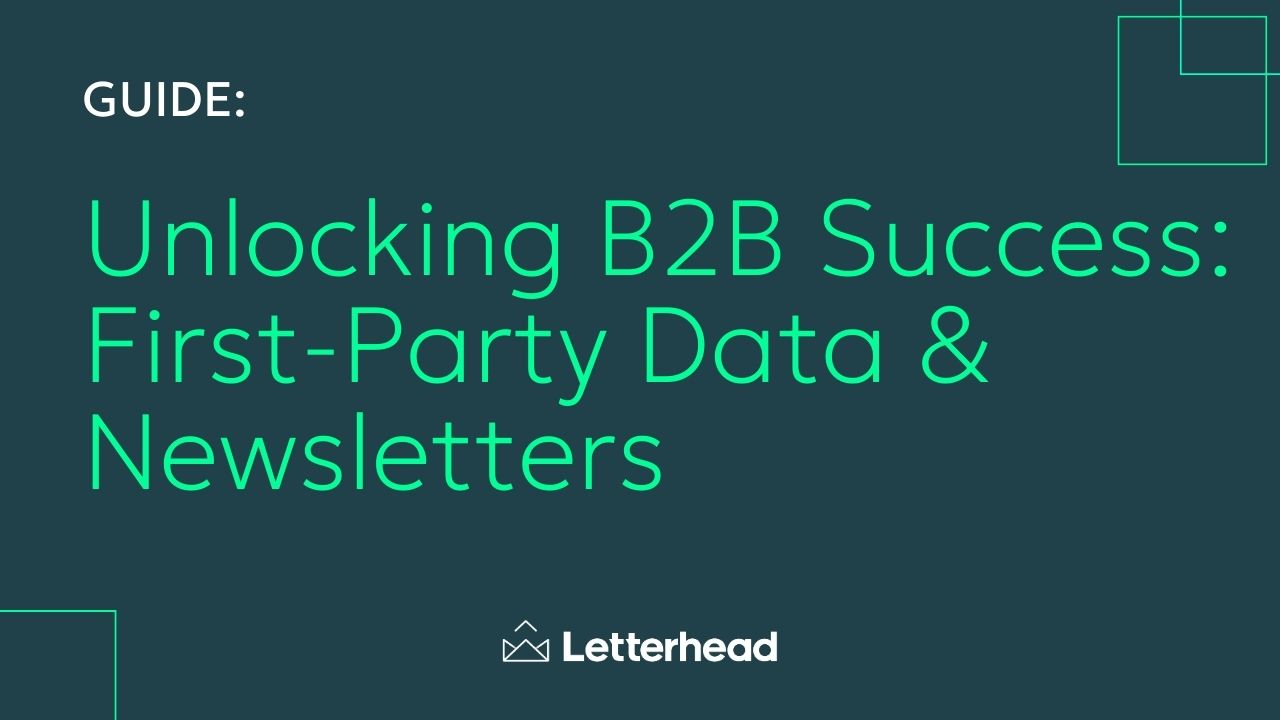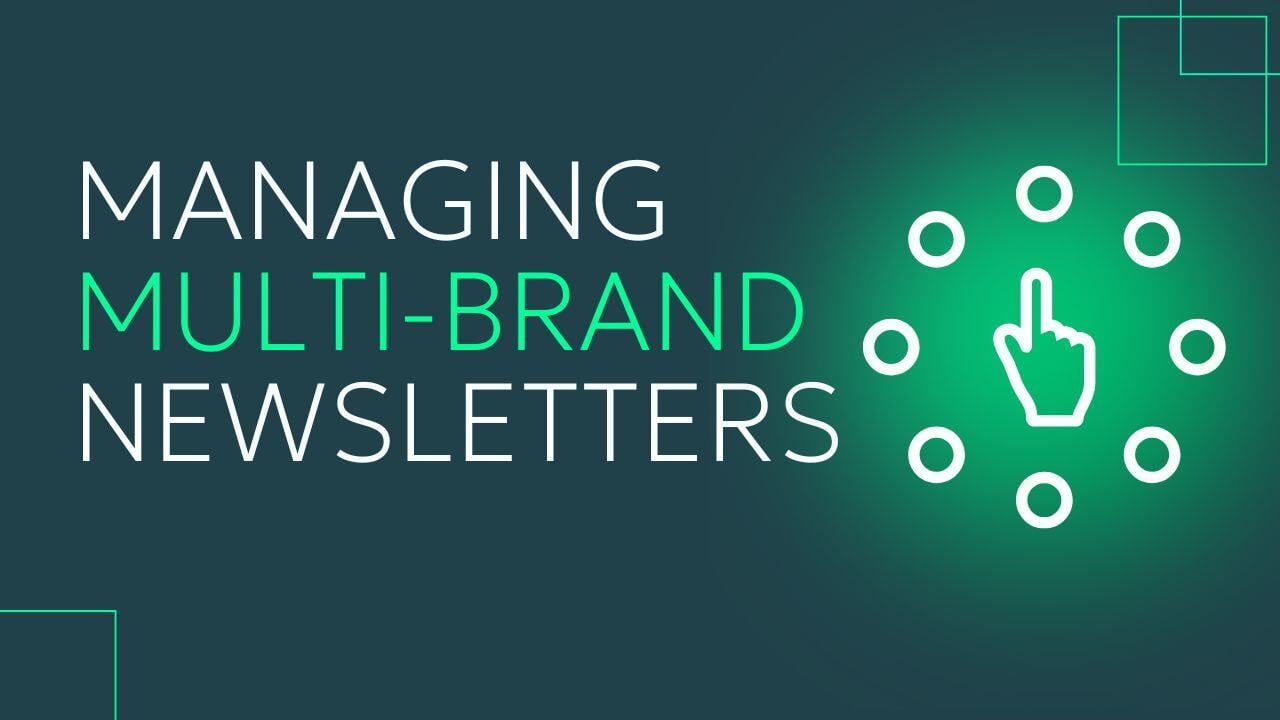Did you know 77% of B2B companies use email marketing newsletters as part of their content marketing strategy – and 79% of B2B marketers consider email the most effective channel for content distribution?
Unlike the fleeting nature of social media or the generalized approach of traditional advertising, email newsletters offer a direct and personal way to communicate with your audience. They not only foster deeper engagement but also open up opportunities for:
- Monetization
- Tailored content
- Strategic audience growth
In this guide, we will cover: - Email newsletters vs. social media
- Direct and indirect monetization opportunities
- The power of owning subscriber data for targeted marketing
- Invaluable insights gained from newsletter analytics
- Strategies for B2B media publishers to harness the full potential of email newsletters
Newsletters: A Great Alternative to Social Media
The volatility of social media algorithms stands in stark contrast to the stability offered by email newsletters.
Social media platforms can change their content distribution rules overnight, but newsletters remain a constant, reliable channel. This stability is crucial for maintaining visibility and engagement with your audience, especially when social media platforms may not deliver content to all followers due to algorithmic filtering.
Case studies have repeatedly shown the pitfalls of over-reliance on social media, where changes in algorithms have led to significant drops in content reach. Whereas, email newsletters ensure that your message gets directly to those who have signed up to hear from you, making it a more dependable method for maintaining audience engagement.
Monetization Opportunities
Direct monetization of email newsletters can take many forms, from sponsored content and advertisements to exclusive offers for subscribers. These strategies not only provide immediate revenue streams but also enhance the perceived value of the newsletter to both readers and advertisers.
Indirect monetization is equally important. By increasing engagement and driving conversions, newsletters can significantly impact the bottom line.
For example, many publishers use their newsletters to introduce new products, promote events, or increase traffic to their main website, thereby boosting overall revenue.
Data Insights and Content Performance
The analytics provided by email newsletters offer deep insights into audience behavior and content preferences. By tracking metrics such as open rates, click-through rates, and engagement time, publishers can fine-tune their content to better meet the needs and interests of their readers.
These insights allow for the optimization of both content and monetization strategies. Tailoring content based on analytics leads to higher engagement, which in turn makes the newsletter more attractive to potential advertisers.
Testing New Segments and Interests
Newsletters offer a low-risk environment to test new content themes or audience segments. By segmenting newsletters according to reader interests or demographics, publishers can deliver more relevant content, thereby increasing engagement and loyalty.
This segmentation also allows for targeted advertising opportunities, making the newsletter more appealing to advertisers looking to reach specific audience segments.
Leveraging Letterhead's Automation Features
To streamline the creation and distribution of newsletters, Letterhead offers a suite of automation features, including RSS, WordPress, API, and Zapier integrations. These tools not only save time but also enhance the consistency and reliability of newsletter delivery.
By automating repetitive tasks, publishers can focus more on content creation and strategy, further improving the quality and effectiveness of their newsletters. Want to know how? Schedule a free consultation.


